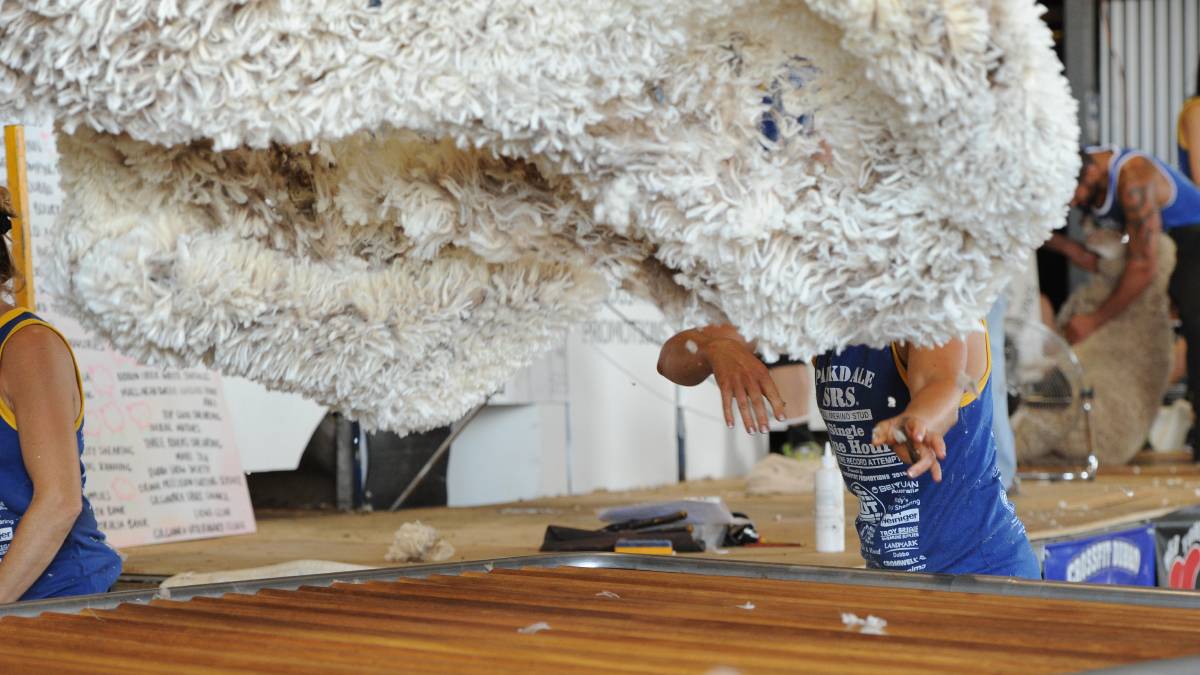
Australian Wool Production Forecasting Committee estimates
Widespread rainfall across much of Australia during November has set up a promising summer season for sheep and wool production.
Shorn wool production for 2021-22 is forecast to lift 8 per cent on the year prior with 318 million kilograms greasy predicted.
The Australian Wool Production Forecasting Committee’s estimates, released on Friday, also forecast shorn wool production will increase by at least 6.6pc in each state.
A sizable 20.8pc increase is predicted for Queensland while the second largest percentage increase of 13.8pc is predicted for Tasmania.
Production in Western Australia is predicted to rise 10.3pc and Victorian figures are set to jump 7.1pc.
NSW figures are likely to be bolstered by 6.8pc and in South Australia a 6.6pc increase is predicted.
Australian Wool Production Forecasting Committee chairman Russell Pattinson said the lift was due to a combination of two factors.
“We believe more sheep will be shorn this season and there will also be a further increase in fleece weight,” he said.
Mr Pattinson said widespread November rain across most wool producing regions would build on the already exceptional spring season.
“Pasture feed is plentiful in many grazing regions, while in farming areas crop stubbles will also contribute to an ample supply of summer feed,” Mr Pattinson said.
“The abundant feed supply is expected to increase average cut per head by 3.2pc to 4.54kg greasy.”
Production for 2020-21 is estimated to be 298Mkg greasy, an increase of 3.7pc on the 2019-20 total of 284Mkg.
Data from the Australian Wool Testing Authority for July to November showed year-on-year increases in vegetable matter and yield, with both metrics indicators of the improved seasonal conditions.
Vegetable matter rose from .6pc to 2.3pc, while yield increased 1pc to sit on 65pc.
The number of sheep shorn this season is expected to increase 4.6pc to 70 million head.
Mr Pattinson said this demonstrated the flock was being rebuilt after several years of drought.
He said the recent MLA/AWI wool and sheep meat survey found 91pc of respondents want to maintain or increase their flock.
“Producers are retaining more replacements and, where possible given a good season, are able to retain the older cohort and are joining them again,” he said.